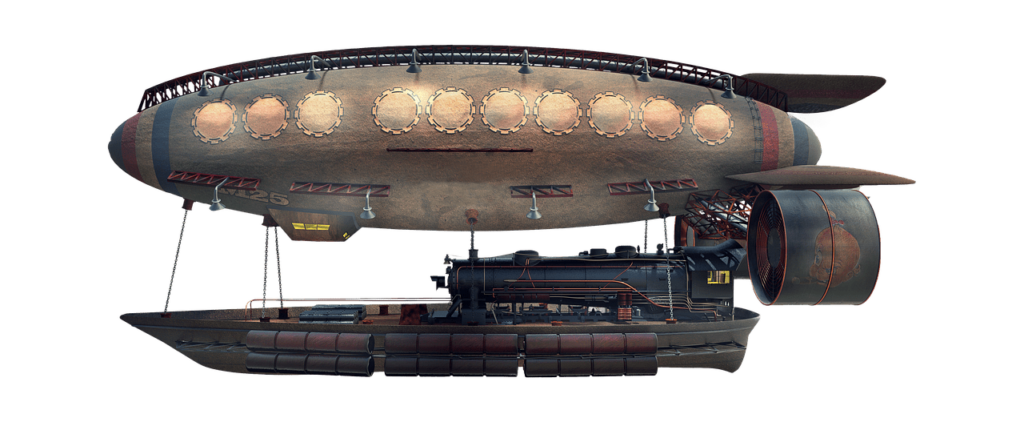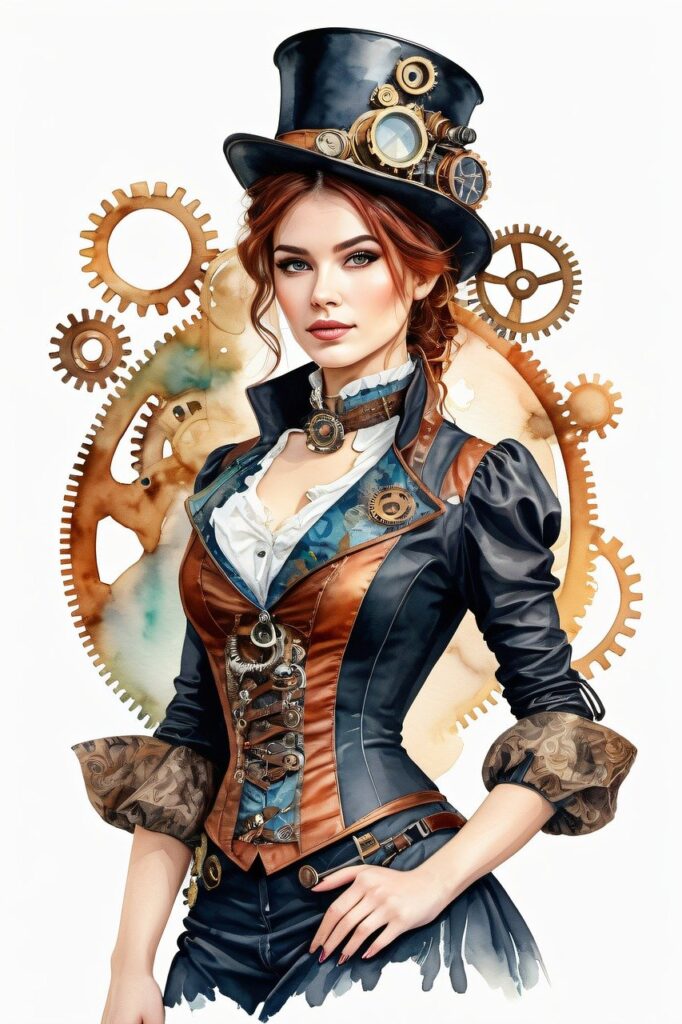Have you ever marveled at the intricate beauty of mechanical art?
Mechanical art, also known as kinetic art, combines engineering and creativity to create mesmerizing pieces that come to life with movement. From whimsical sculptures to interactive installations, mechanical art captures the imagination and showcases the incredible intersection of art and technology. In this article, we will take a deep dive into the whimsical world of mechanical art and explore the magic behind these captivating creations.

What is Mechanical Art?
Mechanical art refers to artwork that incorporates movement as a central element of its design. These pieces are often powered by motors, gears, or other mechanical components that allow them to move in captivating ways. From spinning wheels to rotating sculptures, mechanical art challenges traditional notions of static artwork and invites viewers to interact with the piece on a more dynamic level.
Types of Mechanical Art
There are several different types of mechanical art, each with its own unique characteristics and appeal. Some common types of mechanical art include:
1. Kinetic Sculpture
Kinetic sculpture refers to three-dimensional art pieces that incorporate movement as a key aesthetic element. These sculptures can vary in size and complexity, from small tabletop pieces to large outdoor installations. Kinetic sculptures often feature moving parts that change position or orientation, creating a dynamic visual experience for viewers.
2. Automata
Automata are mechanical devices or sculptures that mimic the movements of living beings. These intricate pieces often feature moving figures or animals that perform repetitive actions, such as waving a hand or walking in a circle. Automata are typically hand-cranked or motor-powered, adding an element of interactivity to the artwork.
3. Interactive Installations
Interactive installations combine mechanical components with digital technology to create immersive experiences for viewers. These installations often respond to human interaction, such as movement or sound, creating a unique and engaging dynamic between the viewer and the artwork. Interactive installations can range from small, intimate experiences to large-scale, immersive environments.
The History of Mechanical Art
The roots of mechanical art can be traced back to the early 20th century when artists began experimenting with movement as a way to enhance traditional art forms. The Dada and Surrealist movements, in particular, embraced the use of mechanical elements in art, blurring the lines between sculpture and performance. As technology advanced, artists began incorporating more complex mechanical components into their work, leading to the development of kinetic art as a distinct genre.
Notable Mechanical Artists
Several artists have made significant contributions to the field of mechanical art, pushing the boundaries of what is possible with movement and technology. Some notable mechanical artists include:
- Jean Tinguely: A Swiss sculptor known for his whimsical and playful kinetic sculptures that incorporate found objects and industrial materials.
- Rebecca Horn: A German artist known for her innovative use of mechanical elements in her installations, exploring themes of movement and transformation.
- Theo Jansen: A Dutch artist known for his Strandbeest sculptures, which are large, wind-powered creatures that move in lifelike ways using intricate systems of PVC pipes and sails.

How Mechanical Art is Made
The creation of mechanical art is a complex and multi-step process that combines artistic vision with technical skill. Artists often begin by sketching out their ideas and designing the overall structure of the piece. They then select materials and components that will allow the artwork to move in the desired way, such as motors, gears, and sensors. The final step is to assemble and test the piece, making adjustments as needed to ensure that it moves smoothly and effectively.
The Science Behind Mechanical Art
At its core, mechanical art is a celebration of the principles of physics and engineering. Artists must have a thorough understanding of mechanisms, kinetics, and materials in order to create pieces that move with precision and grace. From calculating gear ratios to balancing weight distribution, mechanical artists rely on a combination of creativity and technical expertise to bring their visions to life.

Where to Experience Mechanical Art
If you’re interested in exploring the world of mechanical art, there are several museums and galleries around the world that showcase these captivating pieces. Some notable venues include:
- The Exploratorium in San Francisco, California, which features a collection of interactive mechanical installations that invite visitors to explore the principles of motion and mechanics.
- The Tinguely Museum in Basel, Switzerland, which houses a comprehensive collection of Jean Tinguely’s kinetic sculptures and other mechanical artworks.
- The Strandbeest Exhibit at the Peabody Essex Museum in Salem, Massachusetts, which features Theo Jansen’s striking wind-powered sculptures in a mesmerizing display of movement and artistry.
Conclusion
Mechanical art offers a unique and enchanting glimpse into the fusion of art and technology, challenging viewers to rethink the boundaries of traditional artwork. From kinetic sculptures to interactive installations, mechanical art captivates the imagination and invites us to explore the magic of movement in art. So next time you encounter a mesmerizing mechanical artwork, take a moment to appreciate the skill and artistry that went into creating it, and allow yourself to be transported to the whimsical world of mechanical art.

